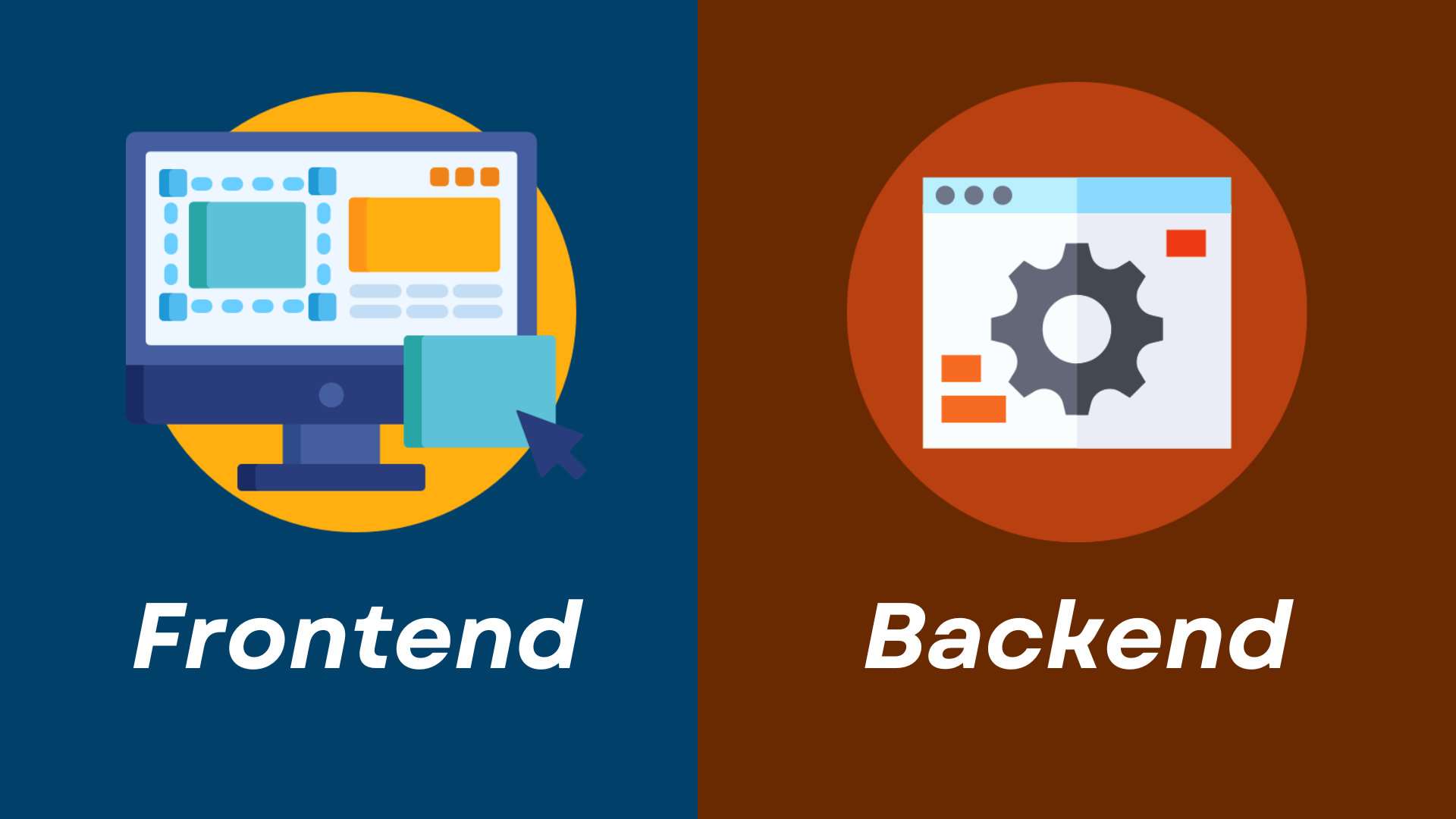Mastering Front-End Development: Trends, Tools, and Techniques
Frontend and Backend in Web Development

Introduction
Have you heard anything about front end and back end technologies? Do you know what they are? If not, then don’t worry. Board Infinity will help you to clear all these doubts.
In this article, we will discuss what the front end and back end are. We will discuss about them and their features. We will also discuss all the technologies which come under them. Web development is one of the most crucial aspects of IT since it facilitates communication between providers and consumers. Of course, it also aids in automating difficult activities through a variety of features. The front end and back end code are essential to web development. Let understand them one by one.
Frontend: What is It?
Frontend, as its name suggests, is something that users can view, interact with, and experience. Most of it entails programming or coding the user-visible portions of the website and applications. The term "front-end developer" refers to the person who creates the front end. A front-end developer's job is to expand on the UI and UX designs, which are essential for making designs come to life.
Understanding HTML, CSS, JavaScript, and frameworks like Angular JS, node JS, and others are essential abilities for front-end developers. Additionally, having a working knowledge of version control systems like GIT and GITHUB increases their wealth. Let us understand its features.
Features
The front end has many features in addition to its extensive variety of functionalities.
- Client Side Rendering with JavaScript allows developers to locally render the complete website on a user's browser.
- Server-side rendering enables websites to be rendered directly in users' browsers following the changes those users request.
- Optimization ensures that websites load quickly for users by fine-tuning HTML, CSS, and JavaScript.
Let us understand the technologies in the front end.
Technologies in Frontend Development
Here are the language and framework that are needed in frontend development.
Languages
The following languages are required in front-end development.
- HTML
- CSS
- JavaScript
- Jquery
Frameworks
The following frameworks are required in front-end development.
- React
- Vue
- Angular
Backend: What is It?
The back-end, or back-end development, is what happens when the front end of a website isn't being used. The back-end uses the written codes to analyze, retrieve, and deliver user actions back to the user. The back-end developer is the individual who creates the back end.
A back-end developer's main task is to connect the databases and each component of the front end together. Understanding back-end languages like Python, Java, Ruby, etc., is one of a back-end developer's key competencies. Additional competencies include a thorough knowledge of Application Program Interface (API) and Database Management Systems (DBMS). Let us understand its features.
Features
The backend has a number of features that are helpful to developers, just like the frontend.
- Databases include keeping the users' essential data on hand.
- Understanding the objectives required to create the application is part of website architecture.
- Scripting entails setting up the framework correctly.
- APIs, also known as application user interfaces, facilitate machine-to-machine communication and deliver the required data.
Let us understand the technologies in the back-end.
Technologies in Backend Development
Here are the language and framework that are needed in backend development.
Languages
The following languages are required in front-end development.
- Python
- PHP
- Java
- Ruby
Frameworks
The following frameworks are required in front-end development.
- Django
- CakePHP
- Flask
Conclusion
We have discussed the front end and back end in this article. So basically, web development is a fascinating subfield in the world of technology. Front-end development is similar to the exterior of a house- the paint, the wall carvings, the wall hangings, or anything that a person can physically see and feel. Like the electrical supply, an unseen but essential component of the house's construction, the back end is invisible but vital. An application can only look and perform as well as it can when these two factors work together.
